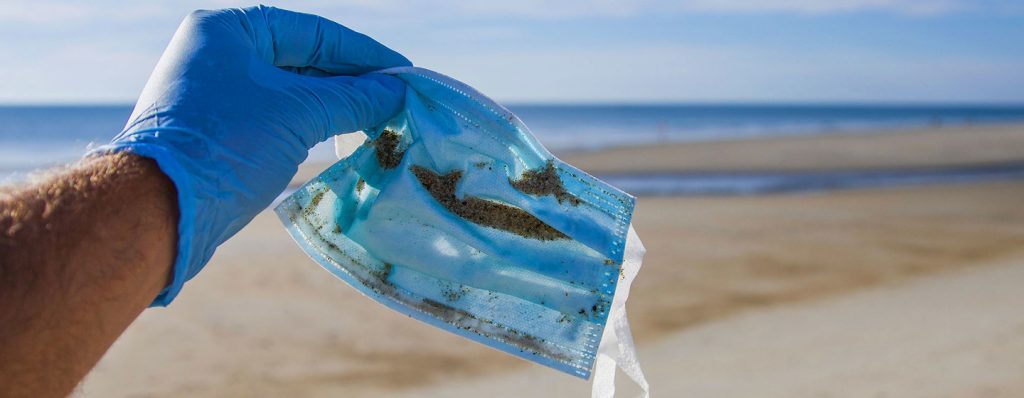Zero Waste Blog
Disposable Face Mask – 5 Things You Should Know
Because of Coronavirus, face mask have become a daily essential, but there looms an unintended side effect. The huge spike in the consumption of single-use disposable masks by the public is causing increased ocean pollution, adding to the already large amounts of single-use plastic and other waste that end up in the sea.
Table of Contents
1. Pollution caused by increase in face mask sales
The promotion of mask wearing as a way to slow the spread of COVID-19 has led to an extraordinary increase in the production of disposable masks. The United Nations estimates that 75% of single-use face masks, which are typically made of fossil fuel-derived polypropylene, ultimately wind up in the landfill — and that is likely the best-case scenario.
Oceans Asia, an environmental group based in Hong Kong, estimates that more than 1.5 billion disposable face masks ended up in the world’s oceans at the close of 2020, resulting in an additional 4,680 to 6,240 metric tons of marine plastic pollution. This additional burden not only further endangers marine life but also contributes to the spread of tiny plastic particles known as microplastics, which have been detected in the bellies of deep-sea animals, at the peak of Mt. Everest, and in drinking water.
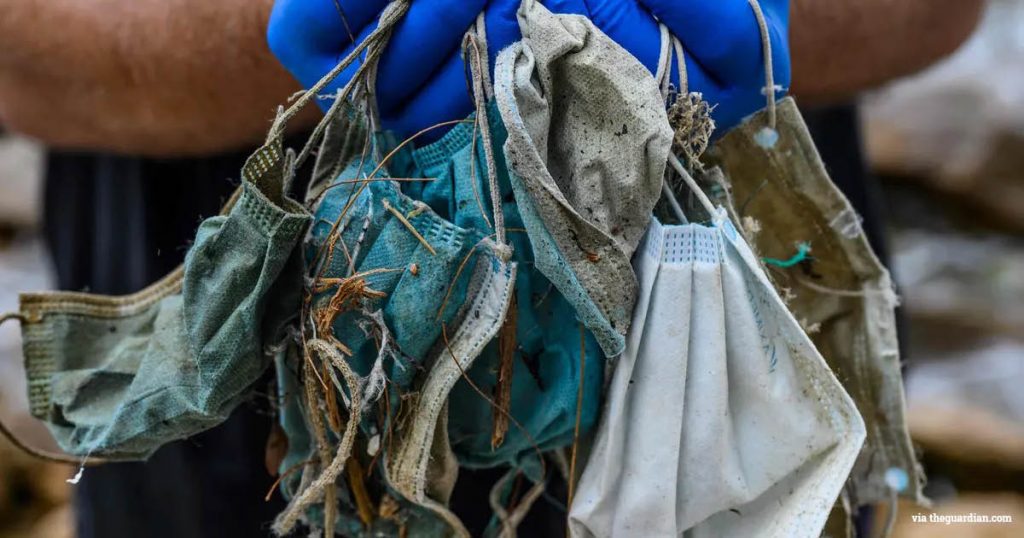
Despite millions of people being told to use face masks, little guidance has been given on how to dispose of or recycle them safely. And as countries begin to lift lockdown restrictions, billions of masks will be needed each month globally. Without better disposal practices, an environmental disaster is looming.
The majority of masks are manufactured from long-lasting plastic materials, and if discarded can persist in the environment for decades to hundreds of years. This means they can have a number of impacts on the environment and people.
2. Toxic problem for environment
If historical data is a reliable indicator, it can be expected that around 75 per cent of the used masks, as well as other pandemic-related waste, will end up in landfills, or floating in the seas. Conservationists have warned that the coronavirus pandemic could spark a surge in ocean pollution – adding to a glut of plastic waste that already threatens marine life – after finding disposable masks floating like jellyfish and waterlogged latex gloves scattered across seabeds.
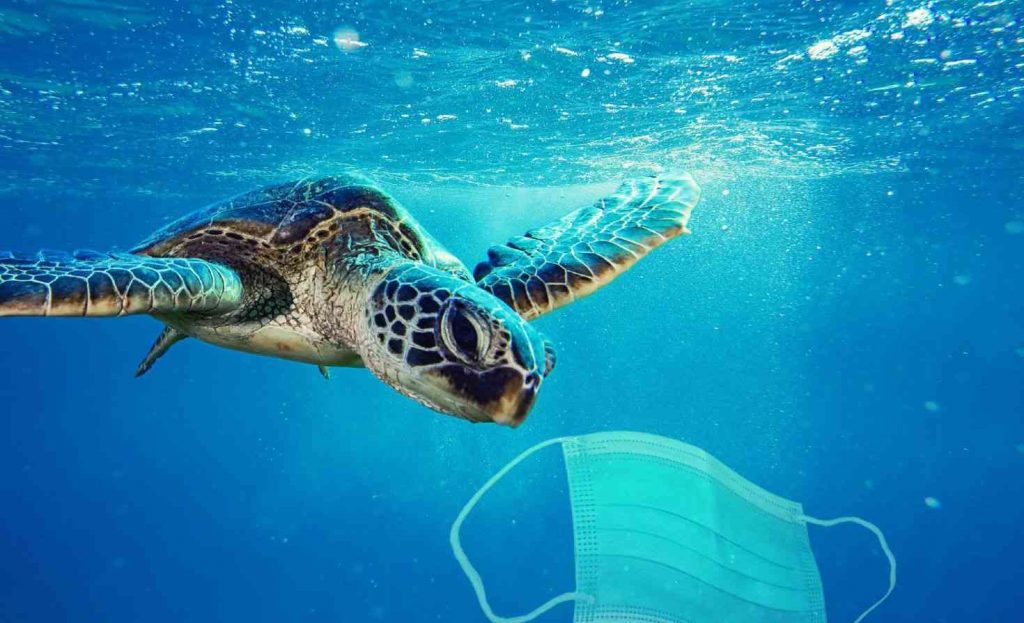
Over the medium to long term, animals and plants are also affected. Through its sheer mass, plastic waste can smother environments and break up ecosystems. Some animals also cannot tell the difference between plastic items and their prey, subsequently choking on pieces of litter.
Even if they do not choke, animals can become malnourished as the materials fill up their stomachs but provide no nutrients. Smaller animals may also become entangled in the elastic within the masks or within gloves as they begin to break apart.
3. No guidelines for face mask recycling
Disposable masks are plastic products, that cannot be readily biodegraded but may fragment into smaller plastic particles, namely micro- and nanoplastics that widespread in ecosystems.
The enormous production of disposable masks is on a similar scale as plastic bottles, which is estimated to be 43 billion per month. However, different from plastic bottles, (of which app. 25 pct. is recycled), there is no official guidance on mask recycle, making it more likely to be disposed of as solid waste, the researchers write.
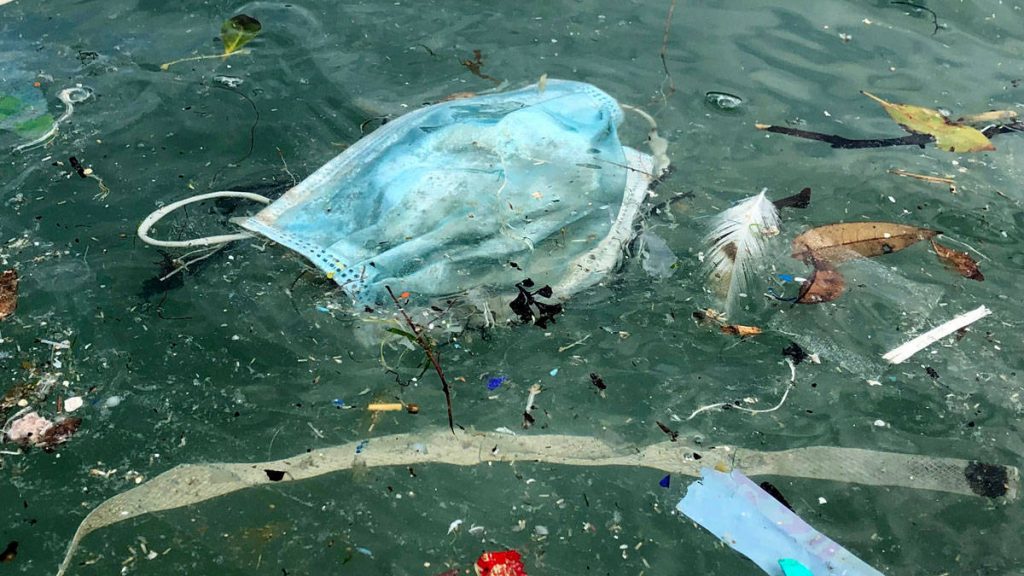
Disposable face masks are not recyclable through most curbside recycling programs, though that hasn’t prevented well-meaning people from “wish cycling,” or putting a non-recyclable in the recycling bin on the off-chance it has another use, says David Biderman, the organization’s executive director and CEO of Solid Waste Association of North America, a trade association for municipal waste management firms.
4. What should we do
In March, the World Health Organization estimated that 89 million additional disposable masks were needed globally per month in medical settings to combat COVID-19. In addition, a recent working paper by the Plastic Waste Innovation Hub at University College London has put the current domestic demand for the UK at 24.7 billion masks a year. However, the demand for domestic face masks in the UK drops dramatically – to around 136 million a year – if only reusable masks are used.
Purchasing disposable plastic face masks is highly unnecessary given the booming market of reusable ones, some of which use wonderful, culturally expressive designs. Whether buying or making a textile face mask, a few things are certain: moving away from disposable masks will save you money and can generate money for charity.
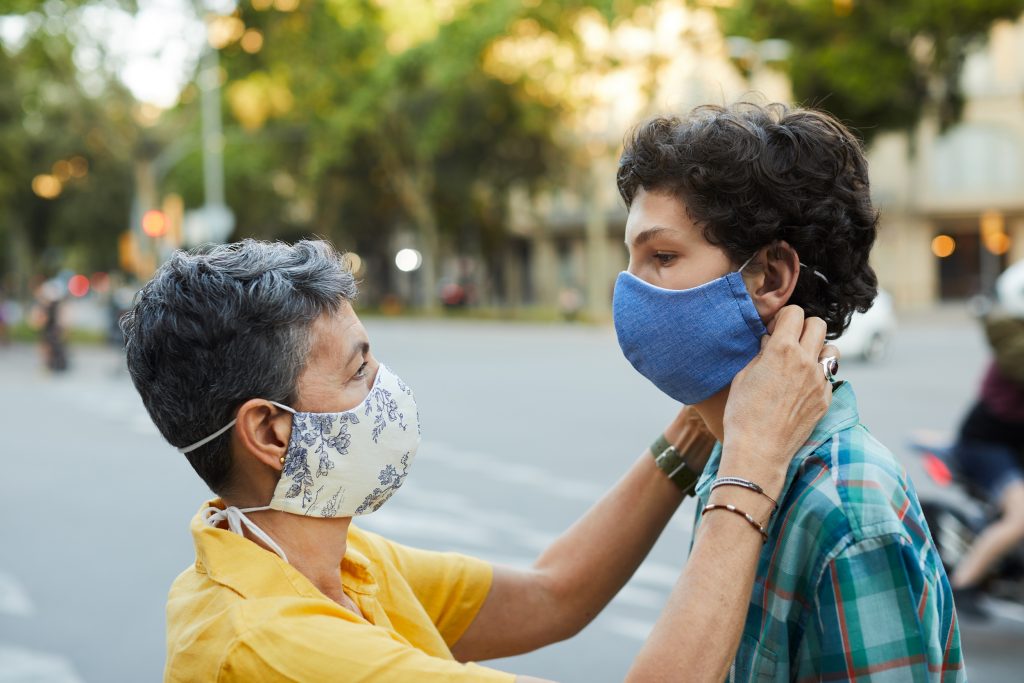
It also encourages a cultural shift in favour of recycling and reusing, essential for decreasing the demand for disposable plastic face masks, and for aligning with broader attitude changes towards waste management and resisting climate change.
Try to carry a spare so if something goes wrong with the one you’re wearing you don’t need to use or buy a disposable mask. If you do need to use a disposable mask, take it home (maybe in a bag if you have to take it off) and then put it straight into a bin with a lid. If this isn’t possible, place it in a proper public bin. Don’t put disposable masks in the recycling. They can get caught in specialist recycling equipment and be a potential biohazard to waste workers.
5. How to make your own reusable face masks
Fortunately, there are many ways to create a mask that achieves the same protection using upcycled fabric and other materials you can find at home. Here are some easy tips to make an upcycled shirtsleeve facemask (no-sew, no iron) from Greenpeace.
Measure twice, cut once
To make two masks from shirtsleeves, put on the shirt to check your desired sleeve length. Measure carefully on both sides, as shown below. Use one side to help guide where you cut the other. You’ll likely want to hem (or fold) the cut sleeve, so leave at least 2cm to do this if you can.
Gather your materials
A bit of home salvage can bring up some brilliant materials to recycle into mask components. Pull together what you think might be useful for the nose bridge wire and strap. You can choose the best solution once you’ve measured what works with the amount of material you have.
Add thin nose wires
Here’s a nifty trick: you can insert a thin, nose bridge wire into the double-stitched seam on shirt-sleeves. No sewing required!
Fold each side in and secure with safety pins
Insert your chosen head-strap material before folding and pinning. Make sure not to pin the strap, so you can adjust it.
Fold the cut side of the sleeve, ideally twice, inwards (make sure each fold is at least 1cm, or at least enough to get your strap or elastic bands through), and secure using two safety pins at the top and bottom.
Then, test the mask by putting it on, to see how long it needs to be to cover your face properly. Cut the other end of the sleeve to size and fold twice inwards again.
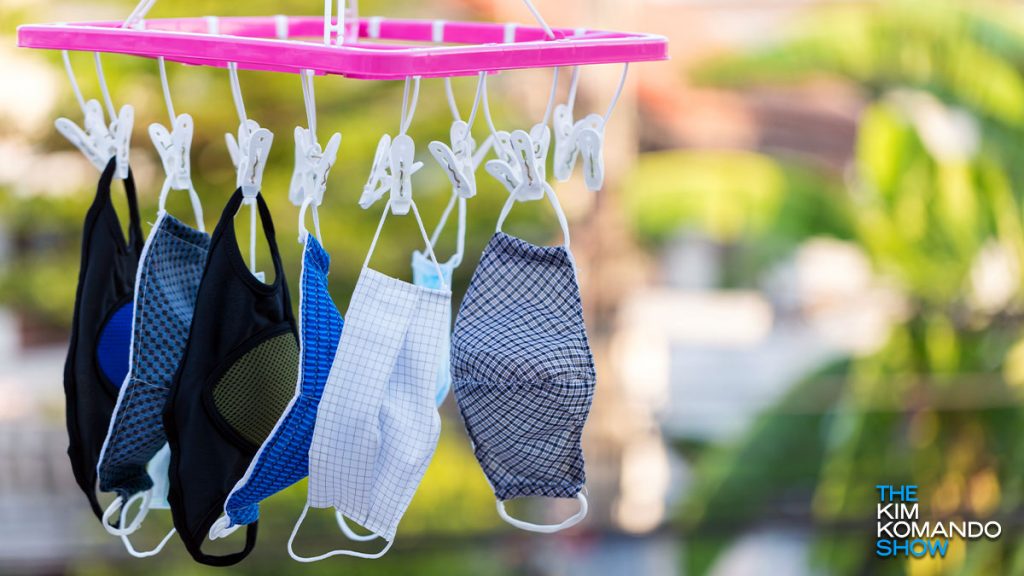
.
.
If you do need to wear single-use mask for work, because you are sick or caring for someone who is sick, make sure to dispose of it as safely as possible. Instead of throwing your face mask or gloves into an uncovered public trash can, put it in a trash bag that will be knotted up. Furthermore, you can consider choosing zero waste lifestyle to reduce your carborn footprint on earth. Try your best to save our environment!

